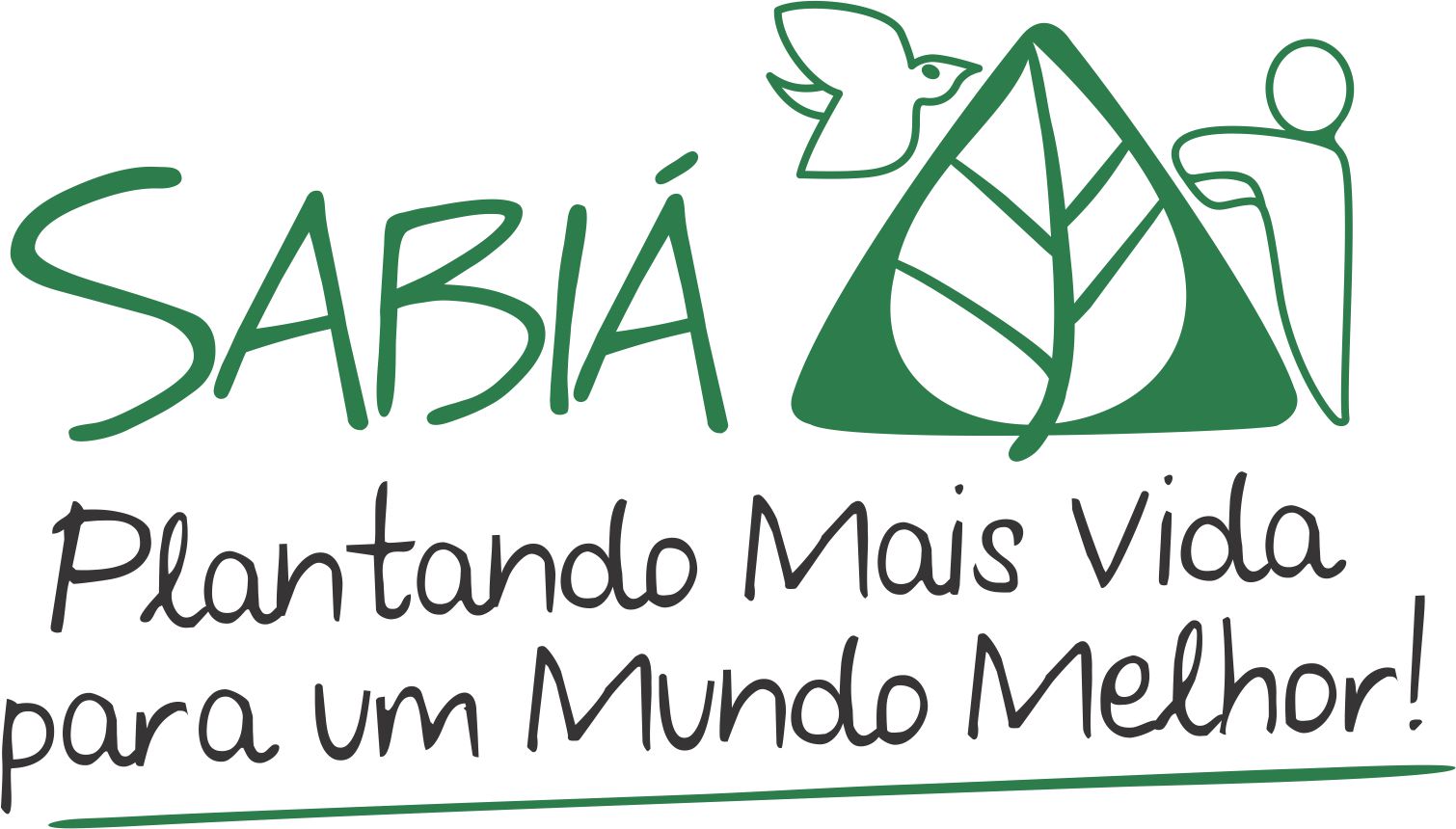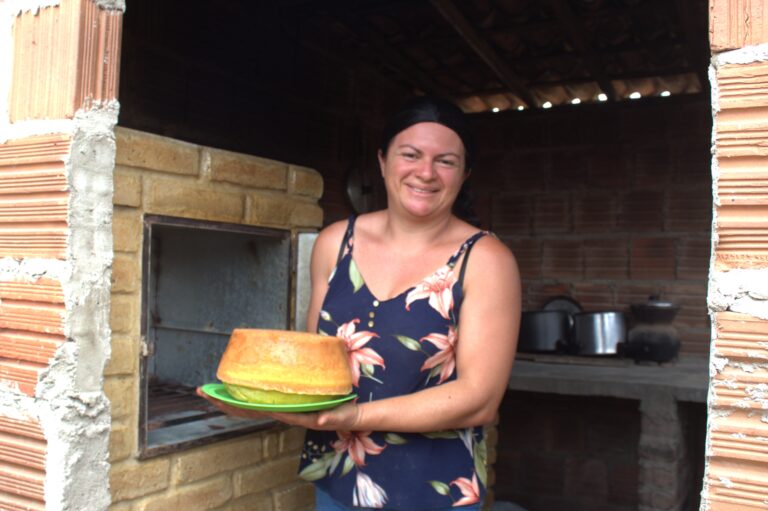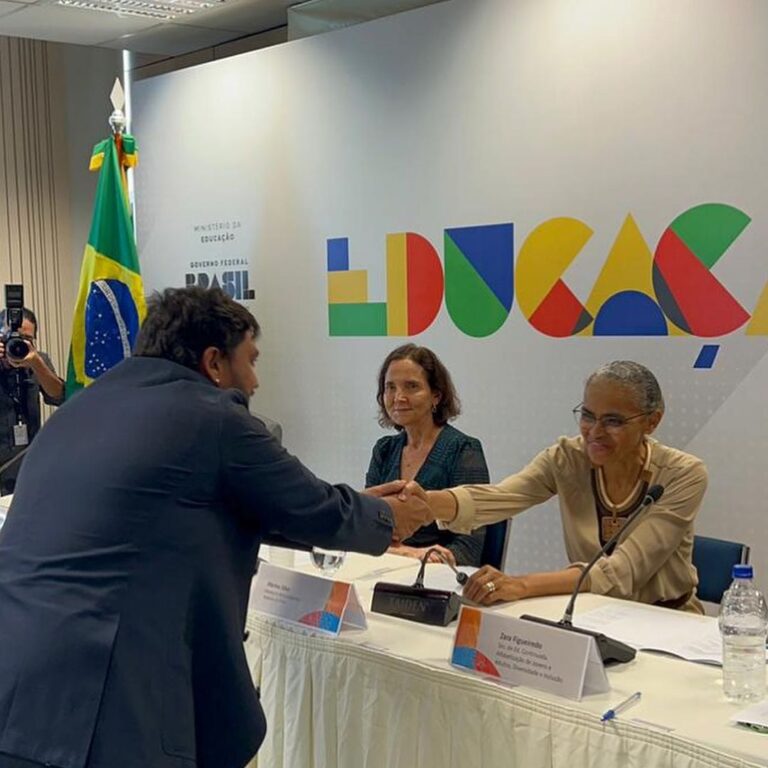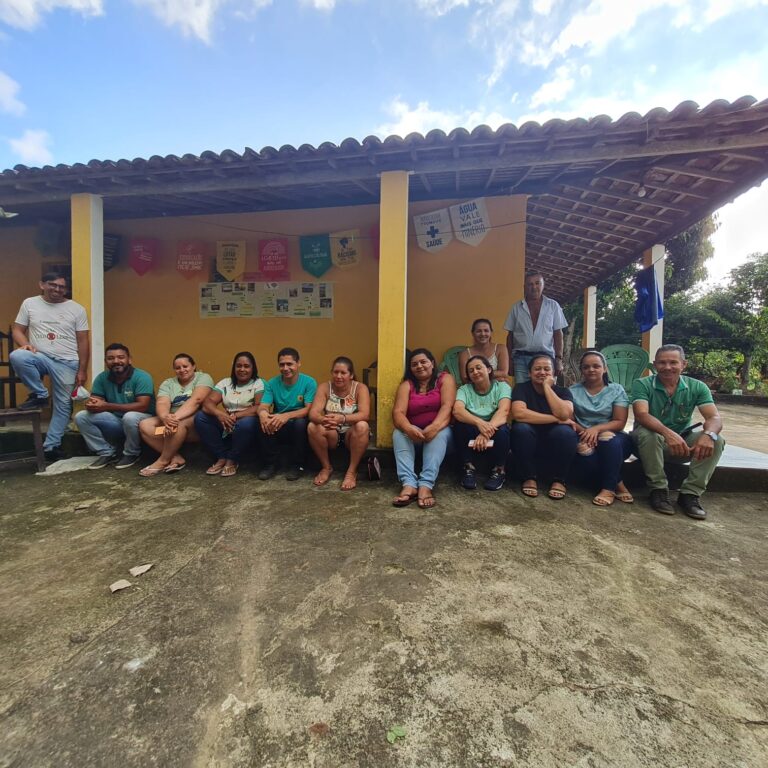Soil conservation: how can Agroforestry Systems help?
April 15th is Soil Conservation Day, a day to reflect on and debate the degradation of our land and the solutions to stop this destruction
Maria Menezes
Sabiá Center Communication Intern
The date was chosen in honor of Hugh Hammond Bennett, a scholar who brought many discoveries and contributions to the subject in the United States. Talking about soil conservation is urgent! The FAO – Food and Agriculture Organization of the United Nations, declared that ⅓ of the planet’s soil is degraded. There are several types of degradation, the most common in Brazil, according to FAO, are:
Erosion
The natural process of breaking down and transporting sediments, caused by wind or rain. But it can be potentiated by human actions, such as the use of agrotoxics and pesticides (poison), monoculture, which is the planting of only one type of plant/food, deforestation, among others.
Nutrient imbalance
Through salinization: excess concentration of mineral salts in the soil, decreasing the water retention capacity, is worse in drier regions, such as the semiarid, where water evaporates much more easily.
Laterization and acidification: when the soil accumulates iron or aluminum, decreasing the amount of organic matter.
Compaction: when the land becomes “impermeable”, due to the handling of agricultural machinery, excessive cattle treading, and inadequate management. Thus, neither water nor nutrients can access the deeper layer of soil.
Desertification: occurs in the semi-arid regions, where rainfall is low, associated with deforestation and management in which the land is unprotected and without coverage, it happens throughout the Northeast, and in part of Minas Gerais. It is the total drying up of the land, which no longer absorbs any nutrients and becomes infertile for planting. In the whole country, the areas that may have desertification, occupy, according to the Ministry of Environment, about 1.3 million square kilometers.

All these processes, although they exist naturally in nature, are worsened by human action. Poor agricultural practices, mostly used by agribusiness, such as the use of agrotoxins (poison), burning, deforestation, and overuse for raising cattle and other animals, potentiate the impoverishment of the land. Without fertile soil, we can’t plant, if we don’t plant, we can’t eat. This degradation is directly linked to the food security of humanity. In general, one may not notice the impact in day-to-day life, but for those who plant and need the land to survive, food production is no longer the same as it was years ago, and farmers can see the difference.
The solution exists!
Agroecological practices and Agroforestry Systems (SAFs) are solutions to preserve soil and restore degraded land. The Centro Sabiá has been working since 1993 with the implementation of SAFs in the state of Pernambuco, mostly in territories where desertification is recurrent. It is possible to observe the greater ability to adapt to climate change that the farming families have developed, avoiding the loss of entire plantations, diversifying their production, and taking care of the soil, thanks to the implementation of these systems.

Why do agroforests prevent soil degradation and contribute to soil recovery?
In this system, there is respect for the cycle of nature while producing food. Think about it: in the natural state of the earth and the forests, is there a concentration of only one plant species? No! The forests are diverse, causing the soil to receive the necessary nutrients. What is needed is an agriculture that “mimics” nature, a diversified agriculture. Agroforestry systems combine agricultural cultivation with the cultivation of trees, shrubs, and diversified plants. The beneficial micro-organisms that live in the soil feed directly on plant organic matter, through the roots of these plants. The greater the vegetation cover in an area, the greater the diversity of microorganisms working and making the soil more fertile and balanced.
Besides all the biological benefits, agroforestry with an agroecological basis brings the community closer to the land, making farming families aware of the cycle of the soil they are planting and keeping it healthy, after all, for us to eat, the soil also needs to be well fed. Thus, poison-free food can continue to be produced and reach the population’s table.
“The forest supports the soil, and the soil supports the forest”
– Raimundo Bertino, an expert in organic agriculture, during an interview for our podcast, Cantos do Sabiá.
Learn more about the Centro Sabiá’s work with the implementation of Agroforestry Systems, click here.
Make your fair an agroecological fair, strengthen the work of farming families that plant without poison and preserve the land!
Nothing found.




